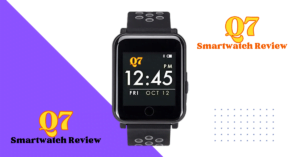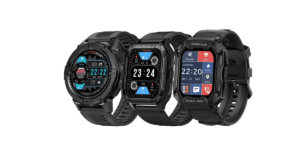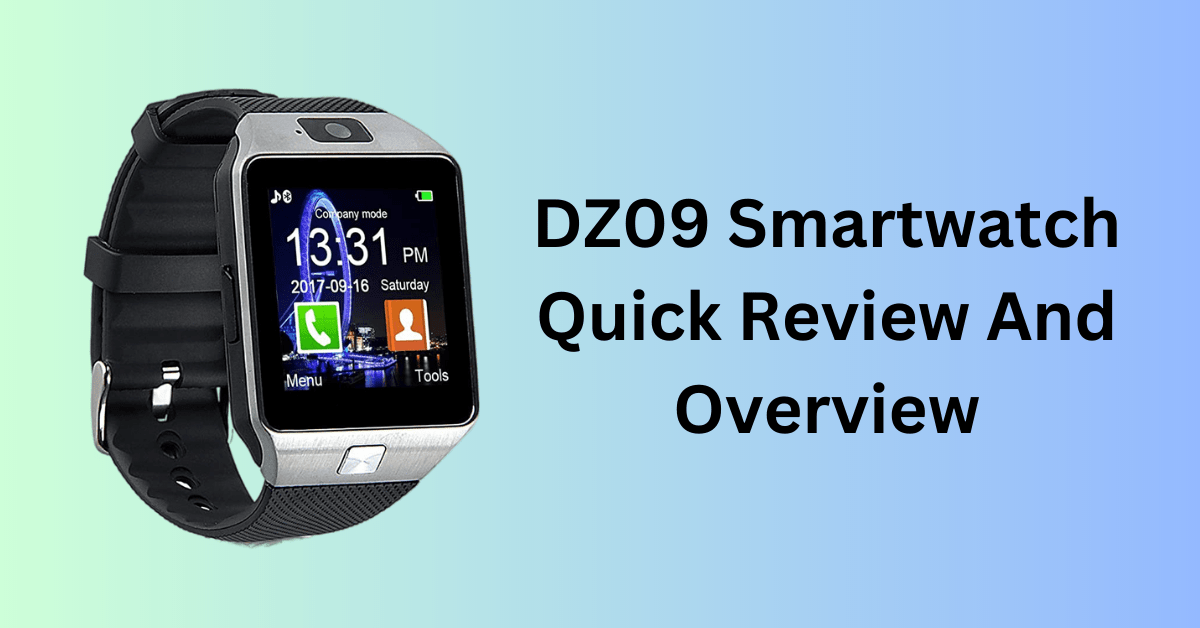Last Updated on February 1, 2024 by Kian
In the ever-evolving landscape of fitness wearables, Amazfit GTR3 PRO stands out with a unique feature known as PAI, or Personal Activity Index. This intelligent metric, shared among Xiaomi, Huawei, Mass Fit, and Redmi wearables, condenses your last week’s activity levels and intensity into a single number. In this blog post, we’ll delve into the significance of PAI, what is pai on Amazfit, and how it can provide valuable insights into your fitness journey.
What Is Pai And How Does It Work?
What is PAI?
At the heart of this transformative approach is PAI, an acronym for Personal Activity Intelligence. PAI is not just another metric; it’s a comprehensive activity metric that interprets heart rate data to provide meaningful insights into how our daily activities contribute to our overall health. Unlike traditional fitness metrics, PAI focuses on a singular, easy-to-understand number – your PI score.

Earning PI Points:
The fundamental principle behind PAI is straightforward – you earn PI points by engaging in activities that elevate your heart rate. The intensity of these activities matters, with higher heart rate zones earning you PI points faster. This emphasis on intensity is key to ensuring you derive maximum benefits and efficiency from your workouts.
Why PI Matters:
What sets PI apart is its simplicity. Instead of drowning in complex data, all you need to focus on is maintaining your PI score above a hundred over a seven-day period for a longer and healthier life. The heart rate, being the most accurate reflection of how your body responds to exercise, becomes the focal point of PAI. This singular score takes into account your heart rate data, age, gender, and resting heart rate, amalgamating them into a personal activity score.
Understanding Your Body’s Response:
PAI helps you comprehend how your body responds to various activities, providing a holistic view of your fitness. It’s not about counting steps or tracking a multitude of parameters; it’s about understanding how much ‘heart’ you put into your activities.
Making Smarter Choices:
Armed with your PI score, you can make informed decisions about your physical activities. Whether you need to intensify your workouts or take it easy on certain days, PAI guides you toward smarter choices that contribute to your long-term well-being.
What Is A Pai Score And How Is It Calculated?
Ever wondered how your daily activities affect your heart health? That’s where PAI, or Personal Activity Intelligence, comes in. It’s like a health buddy that gives you a score based on what you do throughout the day.
What’s PAI All About?
PAI is short for Personal Activity Intelligence, and it’s a cool way to figure out how good your heart is feeling. Unlike just counting steps, PAI looks at everything that gets your heart pumping – from workouts to daily hustle.
Your Simple Goal for a Healthy Heart
PAI sets a personal goal for you, making it easy to keep your heart in good shape. Studies even say that reaching your PAI goal can cut down your risk of heart disease by up to 25%! It’s like a small step for a big win.
Earning PAI Points: Let’s Keep it Simple
Getting PAI points is easy – just get your heart rate up! Anything that gets you moving and your heart beating faster counts. The more intense and longer, the better. It’s like a reward for giving your heart a good workout.
PAI is Personalized, Just for You
Here’s the cool part – PAI is all about you. It looks at your age, how fast your heart normally beats, and a few other things to calculate your score. This makes it your own personal health score, not a one-size-fits-all thing.
Why Every PAI Point Matters
Each PAI point you earn is like a high-five to your heart. It means you’re on the right track to a healthier heart. Start with a goal of 30 PAI, then aim for 50, and you might just hit the top score of 100 PAI!
100 PAI: The Heart’s Super Shield
Keeping a score of 100 PAI is like giving your heart superpowers – it’s your shield against heart disease and other health troubles. So, the more PAI points, the merrier!
You Might Also Like:
Amazfit Bip U Pro Vs Noise Colorfit Pro 3
Pai Meaning In Smartwatch
In the context of smartwatches, “PAI” commonly stands for “Personal Activity Intelligence.” PAI is a health metric designed to provide users with a simple and personalized way to track and understand their physical activity levels. It is often used as a score or index that takes into account heart rate data, age, gender, and other physiological factors to give users insights into how much exercise they need to maintain good health.
Different smartwatches and fitness trackers may implement PAI in various ways, but the core idea is to offer users a single, easy-to-understand metric that reflects their overall physical activity and its impact on their health. Users can use the PAI score to gauge the effectiveness of their workouts and monitor their progress toward maintaining a healthy lifestyle.
What Is Pai On Smartwatch?
On a smartwatch, “PAI” typically stands for “Personal Activity Intelligence.” PAI is a health metric designed to provide users with a simplified and personalized measure of their physical activity. The concept behind PAI is to distill complex health and fitness data into a single, easy-to-understand score.
Here’s a brief overview of how PAI works on a smartwatch:
- Calculation: PAI is calculated based on various factors, including heart rate data, age, gender, and other individual physiological information. The algorithm considers how your heart rate responds to different activities and provides a score that reflects the overall impact of your physical activity on your health.
- Objective: The objective of PAI is to encourage users to engage in a level of physical activity that promotes better health. It goes beyond simply tracking steps or calories and aims to provide a more comprehensive measure of the health benefits of exercise.
- Usage: Users can monitor their PAI score on their smartwatch or associated fitness app. The goal is often to maintain a certain level of PAI over time to reduce the risk of cardiovascular issues and other health conditions.
- Individualization: PAI is personalized, meaning that the score is unique to each individual based on their specific health profile. What might be a suitable PAI score for one person could differ for another, depending on factors like age, gender, and overall health.
Overall, PAI on a smartwatch serves as a holistic metric to help users make informed decisions about their physical activity and its impact on their health. It’s a tool to encourage regular exercise and a healthy lifestyle.
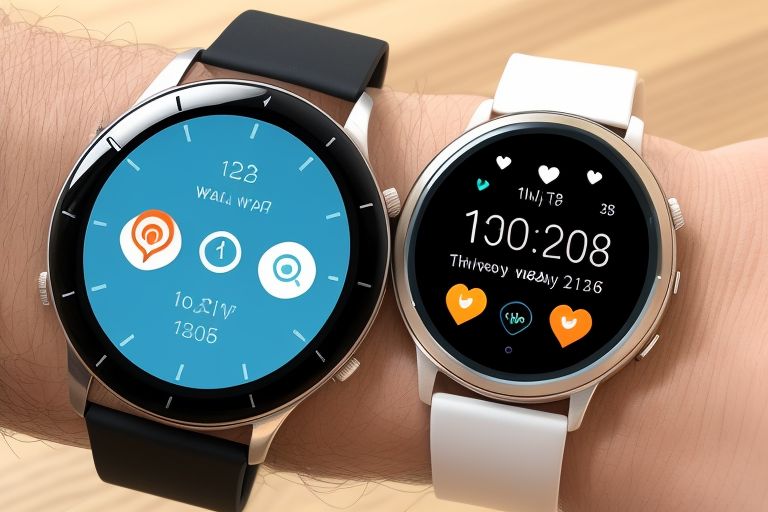
What Is Pai On Amazfit Watch
PAI on Amazfit Watch stands for Personal Activity Intelligence. It is a metric that translates heart rate data into a single, personalized score, indicating how much physical activity an individual needs to maintain good health. This metric is designed to offer users a straightforward and easy-to-understand way to monitor their exercise levels.
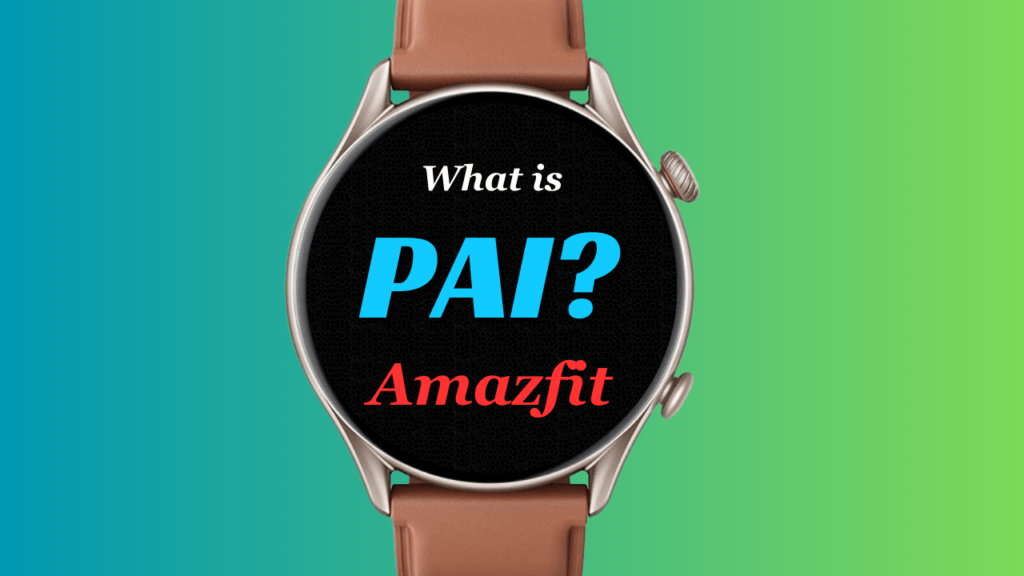
How Is Pai Calculated In Amazfit Watch
PAI calculation on Amazfit Watch is a dynamic process based on individual factors such as age, gender, resting heart rate, and other physiological data. The algorithm takes into account heart rate changes over the past 7 days, aiming to provide a personalized measure of physical activity. Enabling features like All-Day Heart Rate and Activity Detection in the Zepp app enhances the accuracy of the calculation.
Personal Experience: Unveiling the Power of PAI
For those who engage in various exercises, understanding the real impact of their efforts is crucial. PAI offers a more nuanced perspective than conventional recovery times. A tangible example comes from a recent boxing session that earned 44 PAI points. The intense one-hour workout left the user wiped out, reflecting the effort exerted during the activity.
Similarly, a subsequent F45 HIT (High-Intensity Interval Training) session contributed 29 PAI points, showcasing the effectiveness of the 45-minute high-intensity workout. The PAI value acts as a reliable gauge of the actual worth of each training session.
Tracking Progress Through PAI: A Personal Journey
The user’s experience over the past week illustrates the dynamic nature of PAI. A nature reserve stroll of nearly 10 kilometers added 16 PAI points to the tally. Over a span of three days, the PAI accumulation reached almost 100 points, emphasizing the consistency and intensity of the workouts. This contrasts with a few days before the observed period, where daily gains were merely 2-3 PAI points.
Utilizing PAI for Fitness Goals: Staying on Track
PAI serves as a daily guide, helping users evaluate whether they’ve put in enough effort or need to step up their game. The metric prompts reflection on the previous week’s activities, offering insights into areas of improvement. For those aiming to train five times a week, maintaining a PAI score above 100 becomes a satisfying benchmark. It’s a dynamic tool that adjusts to the user’s fitness goals – the more one pushes, the higher the PAI score.
How do I use PAI?
To use PAI on Amazfit Watch:
- Open the Zepp app and navigate to Profile > Amazfit Active Edge > Health Monitoring.
- Enable All-Day Heart Rate and consider activating Activity Detection for more accurate heart rate data.
- Wear the watch daily, allowing it to automatically record heart rate data.
- Access the PAI app on the watch or the PAI Card in the Zepp app to view your PAI points.
How To Increase Pai Score
To increase your PAI score:
- Engage in activities that improve heart rate.
- Wear the watch consistently to ensure accurate heart rate data.
- Be physically active, as more activity contributes to earning higher PAI points.
What Is A Good Pai Score?
A good PAI score is subjective and varies from person to person. The goal is to maintain a PAI score above 100, as suggested by the HUNT Fitness Study, to reduce the risk of conditions like hypertension, heart disease, and type 2 diabetes.
Is 50 Pai Good?
While the definition of a “good” PAI score can depend on personal health goals and baseline fitness, a score of 50 may be considered moderate. However, aiming for a score above 100 is generally recommended for long-term health benefits.
What Is Pai For Weight Loss?
PAI can be used as a helpful metric for weight loss by encouraging individuals to engage in regular physical activity. Maintaining a PAI score above 100 is associated with lower risks of health issues, contributing to an overall healthier lifestyle that can support weight loss efforts.
Conclusion:
In conclusion, PAI is a significant feature integrated into most Amazfit watches. It simplifies fitness tracking by condensing complex health data into a single, easy-to-understand number. While it may require some adjustments to your device’s settings and a commitment to regular physical activity, the benefits of PAI in promoting overall health and fitness make it a worthwhile feature.


